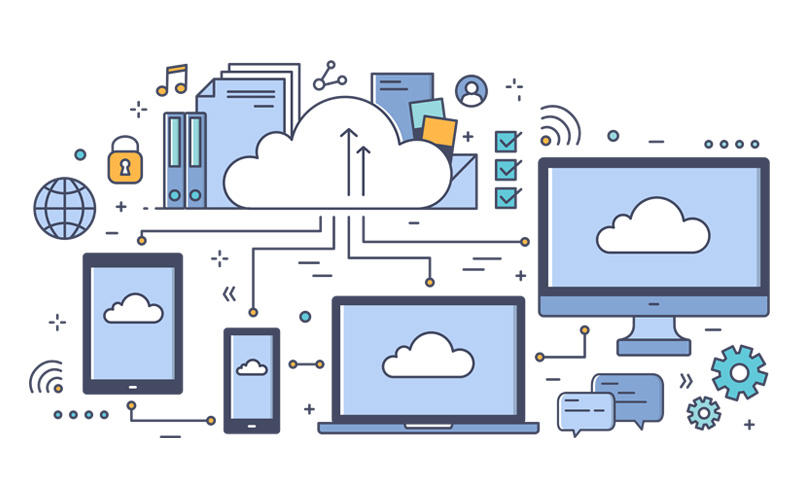By Steve HANRAHAN – UK Sales Manager – AURES UK
Cloud computing has taken over the world. The basic principle behind it – running applications and platforms over the internet, rather than hosting software on local hardware – is a cheaper, more flexible, and dynamic way of managing IT.
What are the advantages of a cloud-based system? If it wasn’t for cloud computing, people wouldn’t have been able to work from home in their millions at the height of the pandemic. The cloud means you can access everything online without worrying about what is loaded locally – making remote working and remote collaboration possible.
Cloud technology has a big impact on POS too. In the past, configuring large POS networks, especially across chains of multiple stores, was time-consuming and complex because you had to install and set up the same POS software on every individual endpoint.
Now, you just connect your terminals to the internet and set up subscriptions for your chosen cloud POS platform. Not only does it save time and money on setup, it means POS endpoints no longer need to be fully loaded with masses of storage and compute power (or else you don’t have to have banks of local servers running everything). More compact, cheaper ‘thin client’ units work fine, saving space in your store or restaurant and allowing manufacturers to focus on sleek designs that look as well as perform great.
Another major advantage cloud POS has brought is that it has opened the door to mobile POS. The ability to run sophisticated POS software on small devices via the cloud extends as far as tablets and even smartphones – devices that wouldn’t have the processing power to run professional quality POS platforms on their own. And because access to a cloud POS solution is via the internet, it works just as well over WiFi or 4G, meaning you can take your POS wherever you need.
Why on-site POS persists
These are all major benefits that have helped redraw the rules on POS – who can afford an end-to-end digital system, where it can be run, how it can be deployed to the best advantage of the business. But despite all of this, cloud POS is yet to completely replace the traditional EPOS approach of running dedicated software on-site. In fact, we’re seeing businesses opting for a hybrid blend of both.
There are good reasons for this; cloud POS functionality is entirely dependent on having a strong, stable internet connection. If your network goes down for whatever reason, you lose your POS, and with it the ability to trade. For that reason, many businesses like to keep some on-premise capabilities even if it’s just as a backup option.
Another significant drawback of cloud POS systems is that they tend to be sold as off-the-shelf solutions with limited opportunity for customisation. The more diverse and flexible POS becomes, the more value there is in being able to tweak your system to your requirements. If, for example, you are running standard cashier terminals alongside self-service kiosks and mobile POS tablets which your people use as a service resource, with cloud solutions you might struggle to find a way to customise the interface to suit the three different purposes.
If you were determined to keep the flexibility of a fully cloud-based system, you could look to build your own custom POS in AWS or similar. But that becomes a technically demanding task and one you’d likely have to pay an experienced software engineer to do for you. On balance, especially with modern open architectures and APIs which make it straightforward to run different systems together, you would probably find it easier to choose an on-site solution to provide a fully customizable back-end, and then run select POS services where you want the flexibility and scalability in the cloud.




